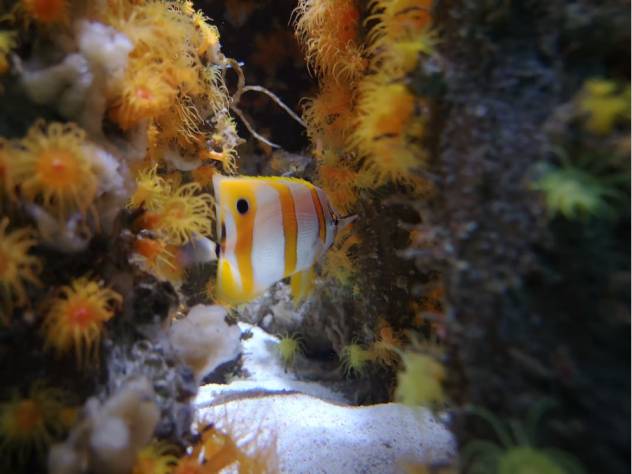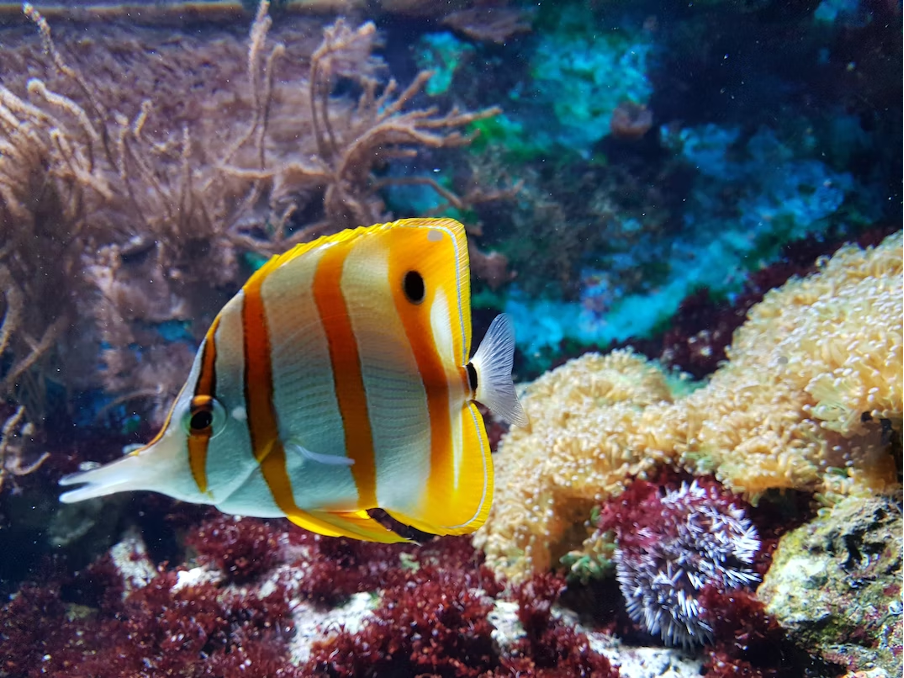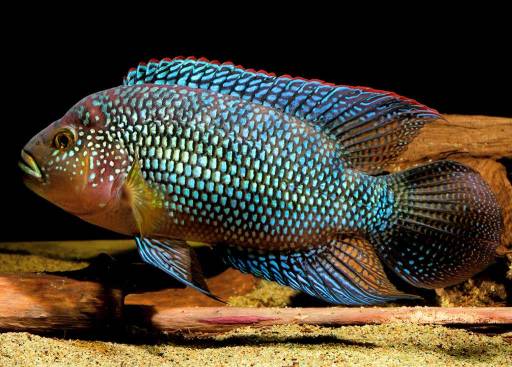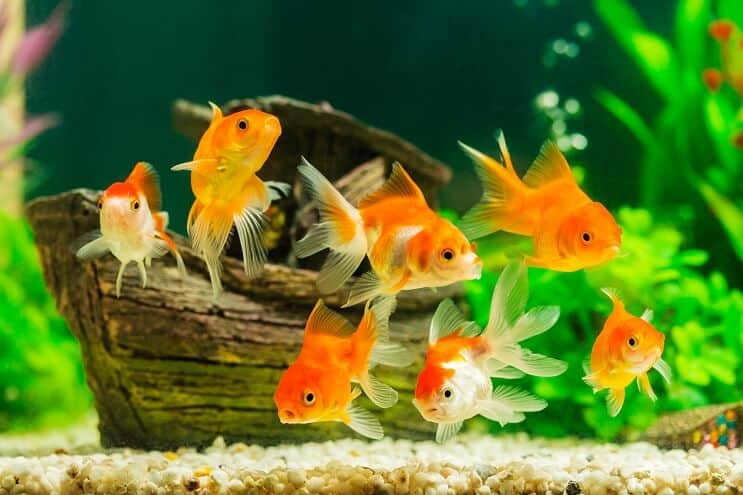When it comes to choosing a pet, fish are often overlooked in favor of more traditional options like cats and dogs. But fish can make great pets too, and they have some unique needs that you should be aware of before getting one. We’ll discuss six things you need to know before bringing home your new fishy friend.
Connect with a verified veterinarian in minutes. Licensed vets are available 24/7 to answer your questions. No need to worry about your furry family member.
Choosing A Tank
The most important piece of equipment for a pet fish is its tank. This will be their home, and it’s important to make sure you get the right size and type for your specific fish species. The tank should be large enough to accommodate the size and number of fish you plan on keeping. Additionally, think about what kind of filtration system you’ll need and what type of substrate or decorations you’d like in the tank before making any purchases. You can visit the Aquarium Store Depot online and discover the various tank and aquarium accessories that are available. A good glass tank is a great choice for most pet fish. If you want to get more than one fish, consider a larger tank with multiple compartments to separate them.
- Fish Tank vs Fish Bowl: Most new fish owners opt for a fish bowl. This is a popular choice, but it is generally not recommended because a fish bowl does not provide enough space for the fish to move around and breathe. Additionally, bowls are more difficult to clean, and the water in them can become stale much more quickly than in a tank. Because of this, always opt for a fish tank.
Cycle Your Tank
Once you have your tank set up, you’ll need to cycle it before adding any fish. This process helps keep your tank safe by creating an environment that’s hospitable for your new pets. During cycling, beneficial bacteria will grow and help break down waste products like ammonia, nitrites, and nitrates that would otherwise accumulate in the water and harm your fish. You’ll also want to add some de-chlorinator or stress coat when cycling your tank so that the water is safe for your fish.

Review symptoms, medications & behavior to keep your pets healthy with a Vet Online in just minutes.
Ask a Vet Live NowChoose Your Fish
Not all fish are the same, so it’s important to do your research before selecting one for a pet. Different fish types require different levels of care and thrive in different kinds of environments. If you’re looking for an easy-care option, consider a hardy schooler like guppies or zebra danios. Or if you’re looking for something showier, you can explore cichlids or bettas. Krill and brine shrimp are also great choices as they have bright colors and make an interesting addition to any fish tank. Here are two popular options:
- Goldfish: Goldfish are a popular pet fish, but they often require more maintenance than other types of fish. They have high waste production and need frequent water changes to stay healthy. Additionally, goldfish can grow quite large and may outgrow your tank quickly if you don’t upgrade it. As such, many experts recommend avoiding goldfish altogether if you’re just starting with pet fish.
- Chinese Algae Eater: The Chinese Algae Eater is a popular choice for many aquariums, but it’s not suitable for all environments. This fish tends to be quite aggressive and may out-compete other species in the tank, so it’s important to research their behavior before you buy one. Additionally, they require a great deal of space as they can grow up to six inches long.
Feeding Your Fish
Proper feeding is key when it comes to keeping your fish healthy and happy. Different fish types have different nutritional needs and should be fed accordingly. Generally speaking, most pet fish do well on a diet of flakes or pellets, supplemented with frozen foods like brine shrimp or bloodworms once in a while. If you’re unsure of what type of food to buy, you can consult a fish expert at your local pet store. Additionally, it’s important to feed your fish only as much as they’ll eat in one sitting and avoid overfeeding as this can lead to poor water quality and other health issues.
Overall, make sure you’re providing regular maintenance for your tank. You should do a full cleaning every two weeks or so, removing any debris or algae that has accumulated on the substrate and walls of the tank. Additionally, test your water regularly with an aquarium testing kit to ensure that all levels are safe for your fish. If something is amiss, adjust accordingly by making small changes such as adding a de-chlorinator or adjusting the pH levels. With proper care and maintenance, your fish can live healthy and happy lives in your aquarium.
Connect with a verified veterinarian in minutes. Licensed vets are available 24/7 to answer your questions. No need to worry about your furry family member.

Tom
Tom has always loved to write since he was little - he wanted to be either a writer or a veterinary doctor, but he ended up being a professional writer while most of his works are based on animals. He was born in San Francisco but later moved to Texas to continue his job as a writer. He graduated from the University of San Francisco where he studied biotechnology. He is happily married and a soon to be father!
Review symptoms, medications & behavior to keep your pets healthy with a Vet Online in just minutes.
Ask a Vet Live Now





